Encompassing nearly 300 year period in Europe, the Renaissance or The Age of Enlightenment is a standard stop while traversing the Western culture.
It is a time of rebirth- the seminal resuscitation of social, political, cultural, art and other aspects that took place from the 14th century to the 17th century.
It is considered as the connecting dot between the Middle Ages and modernity, entailing many reformations and the genesis of famous people and their pervasive contributions.
Today, I am reminiscing the era and these 10 glorified people who offered much more than simple ideas but carved a niche for themselves only to be remembered for centuries.
10. Dante
Content

| Birth/Death: | 1265-1321 |
| Skills: | Poet and Philosopher |
| Best Known For: | La commedia, later named La divina commedia (The Divine Comedy) |
A poet, political thinker and a philosopher, Durante di Alighiero Degil Alighieri, better known as Dante, is considered as the harbinger of modern literature in Italy.
He was born in 1265 to a family which had a long history in the political uprising of Florence which went on to become the base for his epic poem, La Commedia or The Divine Comedy.
This hallmark compilation of poems reflects the inevitable fate of man, that restrains upon him a triangle of the afterlife: heaven, hell, and purgatory.
His work is praiseworthy and historians worldwide have attributed many underlying layers to it. Allegorically, it is a poem that takes the reader on a journey en route hell, purgatory and finally plunges into the depth of paradise, transcending earthly horizons.
At the core of the poem, however, one can find figments of Christian philosophy groping the realms of the elusive world of the afterlife.
It is also speculated that he drew his inspiration to pen this epic from his own personal experience of exilement in Florence. Regardless, it is considered as the greatest work of art for its copious manifestation of imagination.
It is written in his native vernacular rather than in Latin which flourished the Italian literature and semantics, establishing it as the language of literature for many decades in western European.
In the midst of the long complicated conflict between the imperials and the resistance, groups birthed Dante who gave the world a beacon light of hope of paradise and remained immortal since.
9. Giotto
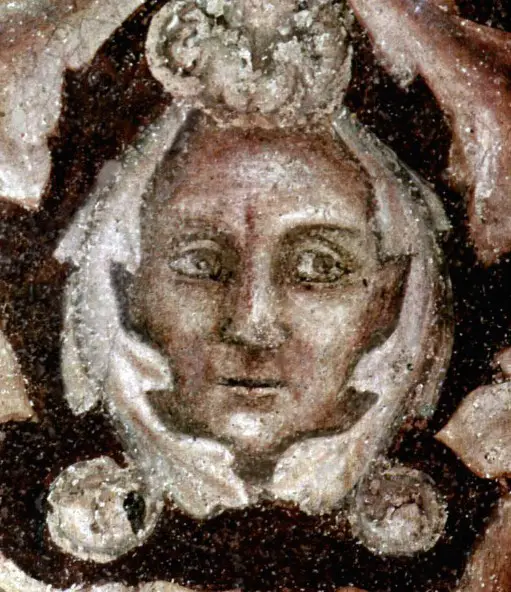
| Birth/Death: | 1266-1337 A.D |
| Skills: | Painter and Architect |
| Best Known For: | Scrovegni Chapel, Cathedral of Santa Maria del Fiore, Giotto’s Bell Tower |
Acing the rank of the remarkable artists of the Italian Renaissance, Giotto di Bondone, or simply Giotto was skilled in fresco, painting, and architecture.
He instigated an advent of the breakthrough technique of painting, replacing the traditional Byzantine style with life-like paintings of the Renaissance which is best portrayed on the walls of the Scrovegni Chapel.
For many years, he was touted as the Father of European painting merely for the richness and the smooth finesse of his artworks of tempera style. He was said to have been a close follower of Cimabue, the most sought after the painter of the 13th century.
This is testified by the striking resemblance in Giotto and Cimabue paintings. Further, it is speculated that Cimabue stylized a revolutionary technique in the 13th century and Giotto carried the legacy 14th century onwards.
A quintessential Giotto painting graces, exclusively, the countenance of human beings assuming the great tension and drama of forgoing and liberty.
Giotto’s works were adherent to emotionalism, renouncing the early Byzantium style which lent an incredibly realistic appearance to his paintings.
Related Read: Top 10 Amazing paintings of Giotto
8. Geoffrey Chaucer

| Birth/Death: | 1343-1400 A.D |
| Skills: | Poet and Author |
| Best Known For: | The Canterbury Tales |
Geoffrey Chaucer is the most important writer of the Middle English Period without whom any discussion of Middle English poetry becomes absolutely insignificant.
He is undoubtedly that poet of the Middle English period in whose capable and confident hands both English language and literature attained maturity.
His range, complexity, humorous tone, essentially humane outlook and semantic brilliance place him much above the other poets of his time.
His acquaintance with the European literature enabled him to deal in English with themes and attitudes prevalent in European literature.
He was a keen observer of human nature and portrayed it with a balance between sympathy and irony. The diversity of his characters emerged through his training in courtly and diplomatic lifestyle and he was skilled in presenting then with utmost conviction.
His employment and association with the King chanced him to visit many countries and come across varied types of people from the imperial to the impoverished.
Thus possessing a great knowledge of life-its ebbs and flows. His journey to Italy is significant as it introduced him to the Italian literature and exposing him to the works of Dante among others.
One of the many elements of Chaucer’s poems is that they are allegorical depictions, beaded together by satire. He invented and wrote in rime royal which consisted of seven rhyming lines in a stanza.
The Canterbury Tales is the most popular book by Chaucer. Although it is an unfinished work, it is credited for its sheer semantic brilliance and clever wit. He was the man of an age that was named after him, known as the Chaucer Age.
7. Thomas Hobbes
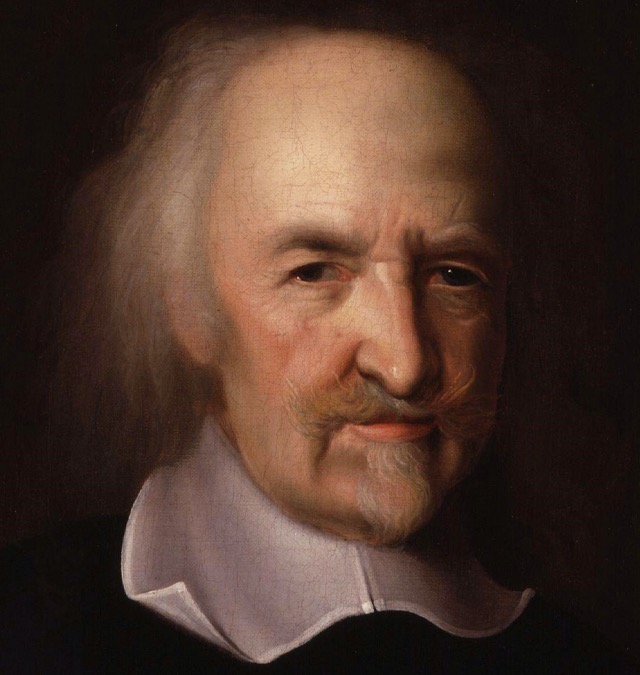
| Birth/Death: | 1588-1679 A.D |
| Skills: | Scientist, Historian |
| Best Known For: | Leviathan |
Thomas Hobbes was a 17th century English philosopher who contemplated on one of the most debated topics of not only his age but something that is relevant even today in all ages and in all universities: to what extent must we obey the rulers and to what extent should we question them and spike revolutions in pursuit of reformation.
The English civil war was a pivotal incident he got to witness- the vicious and decimating conflict that sustained across England for almost a decade was what got Hobbes into contemplation of the most crucial question of protection and obedience of the people.
He viewed the government as the protector and provider of the people while also conforming with the ‘Social Contract Theory’ that was spreading like wildfire amongst resistant groups.
In order to establish a peaceful relationship between the two, he propounded an ingenious political theory. In 1651, he penned the book ‘Leviathan’ which was the most persuasive, definite and eloquent statement produced as to why one should obey the government.
6. Nicolaus Copernicus

| Birth/Death: | 1473-1543 A.D |
| Skills: | Mathematician, Astronomer |
| Best Known For: | Heliocentrism, Quantity theory of money, Gresham’s law |
Nicolaus Copernicus was a mathematician and astronomer of the Renaissance-era from Prussia. Having studied liberal arts in his schooling, he was fascinated by astronomy and astrology.
Copernicus made the earth-shaking proposition called the ‘Heliocentric theory’ which argues that all planets orbit around the centrally affixed Sun or the ‘Suncentric theory’.
Furthermore, he also proposed that the Earth besides its annual revolution around the Sun orbits around its own axis every day and night and is accountable for the equinoxes.
This was regarded as a groundbreaking discovery in the history of evolution. It was so impactful a discovery that it had a lasting influence on important figures as Galileo, Newton, and Descartes.
5.Galileo

| Birth/Death: | 1564-1642 A.D |
| Skills: | Physicist, Engineer |
| Best Known For: | Kinematics, Analytical dynamics, Telescopes, Heliocentrim |
Galileo Galilei was an Italian born physicist, astronomer, and engineer from Pisa. He was four when he was baptized as a Catholic. From an early age, he zealously made things.
He was constantly making small little gadgets that would amuse his friends and his teachers. He moved to Florence later where his father had garnered an intellectually stimulating environment to grow up to.
Galileo grew up in a high Renaissance period. Soon everybody realized his true potential of being an avid observant and God-gifted intellect.
He had acquired the methods of observation and experimentation from the teachings of his father and from a monastery he mastered the art of applying logic and religion.
Galileo made significant changes in the science of motion through his findings on motion, trajectory, and the law of falling bodies.
He profoundly contributed to the field of science by discovering a mathematical way of finding facts of nature. His discovery of a telescope totally changed the system and testified the heliocentric theory.
He was the first to claim that the Earth orbited around the Sun against the ruling of the church and the conservatives for which he risked its life.
Despite being condemned for going against the church, he is revered greatly posthumously.
4. Rene Descartes
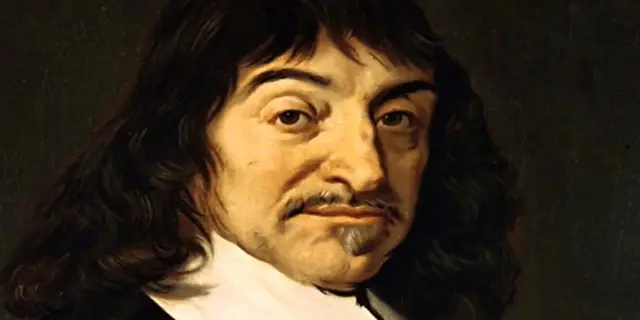
| Birth/Death: | 1596-1650 A.D |
| Skills: | Mathematician, Scientist |
| Best Known For: | Rules for the Direction of the Mind |
“I think, therefore I am”. Rene Descartes was the first person of the Renaissance age to coin this phrase.
Originally formulated in French as, “Je pense, donc je suis”, it dismissed the conventional ways of learning through senses and established a new form of knowledge through doubts and contemplation.
Descarte was also the first person to do away with Aristotelian theories only to bring forth his version of the dichotomy of mind and body. For the same reason, he is known as the Father of Modern Philosophy.
Initially, René held a degree of law but never practised pleading. He had always had a keen interest in maths and science. Indeed, he was meant for greater things and contributions to the world rather than merely restricting himself to the court-room.
Descarte was a prolific inventor throughout his life. He transformed many areas of mathematics with his ingenious discoveries such as analytic geometry and deductive reasoning( applied in all sciences and every field of knowledge).
These findings have been compiled neatly in his book, ‘Rules for the Direction of the Mind’ where he claims four specific rules of problem-solving, derived from mathematics.
Descarte had always been a secluded person, retreating back to his isolated fortress to yield more time for his philosophical attempts. Although privacy, one must credit him for his revolutionary ideas and reasons.
3. Desiderius Erasmus
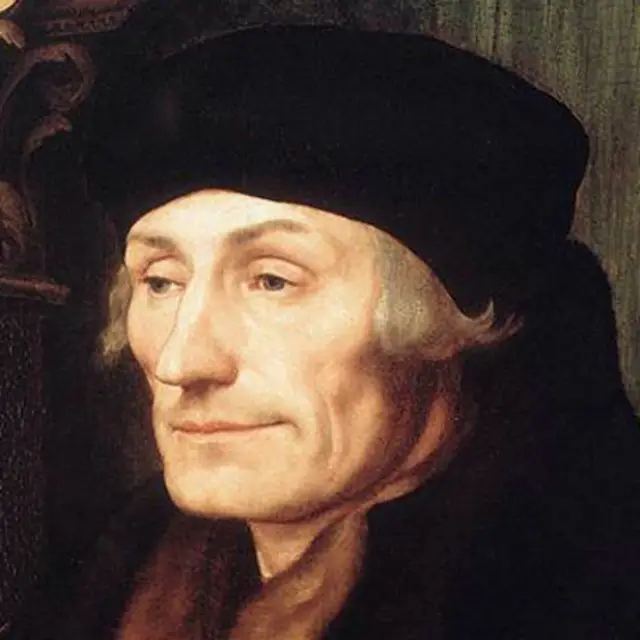
| Birth/Death: | 1466-1536 A.D |
| Skills: | Philosopher, Humanist |
| Best Known For: | Christian humanism, New Testament |
Desiderius Erasmus or simply, Erasmus was one of the greatest intellectuals of the age of Renaissance. He was a Patristic scholar and a significant person in classical literature.
Having spent his childhood in pursuit of monastic vocations by taking refuge in a commune system, which he often reminisces as austere, he became deeply moved by classical literature. He was a student of theology in his later years.
Erasmus was adamant in preaching classical studies to the world so much so that he garnered a few pupils in the university itself, the vestiges of which were used in humanist schools later.
He is most known for writing the New Testament and proclaiming, “if the Gospel were truly preached, the Christian people would be spared many wars.” Through his teachings, he assembled many followers and eventually lead a mass reformation.
His preachings were extremely important catalysts for Protestant Reformation and Catholic Counter Reformations.
He absolutely changed the previous architect of the religion which was high handedly administered by the political rulers. He also helps spike the reformations through his satirical writings and prolific works in Latin and Greek.
2. William Shakespeare
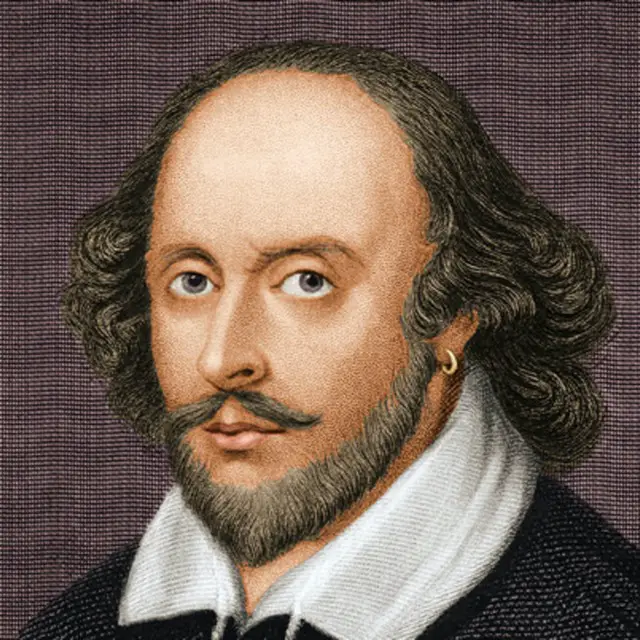
| Birth/Death: | 1564-1616 A.D |
| Skills: | Play-write, Dramatist |
| Best Known For: | Romeo Juliet, Hamlet, Macbeth |
William Shakespeare, often regarded as the national poet of England, is a literature virtuoso who has been read and loved surpassing some 400 years
Because there is scant evidence of his birth, education and upbringing altogether, his life and time exist only through slender strands of speculations.
However, it is certain that he penned a total of 37 plays in three or four colored themes: romantics, tragedies, comic tragedies and histories, 154 sonnets and several plays and became the world’s most loved writer.
Almost all of his works have been considered as classics, including ‘As You Like It’, ‘Twelfth Night’, ‘A Midsummer Night’s Dream’, ‘The Tempest’, and so on and so forth.
His writings induce both laughter and tears to the readers; not to forget his love of rhetorics, dark themes, narcissism, metaphors and statements that almost always resonated with the queen as well as the commoners.
Moreover, he wrote in a self-expressive and self-invented’ literary device called the ‘iambic pentameter’ wherein the sonnets consisted of ten syllables per line. This rhythmic technique embellished the language during plays more so than just unraveling the plot.
Shakespeare was a lyrical maestro and more preferably, a wordsmith. Every line has been preserved for years and years and still is quoted to this day, be it a conceited retort by a character or simply a soliloquy: To be or not to be, that is the question, which also happens to be my personal favorite.
1.Leonardo da Vinci

| Birth/Death: | 1514-1592 A.D |
| Skills: | Sculptor, Architect and Engineer |
| Best Known For: | Last Supper, Mona Lisa |
A visionary artist, painter, sculptor, and architect, Leonardo da Vinci was the epitomé of the ideal human in the age of Renaissance. He is best known for his paintings: Last Supper (1495-98) and Mona Lisa (c. 1503-06).
Born to Ser Piero and Catarina in Florence, Italy, Leonardo, in his growing years studied the basics like reading, writing, and arithmetic.
When he was 15, he worked as a shadow artist to Andrea del Verrocchio, where he received a multifaceted training that included painting and sculpture as well as the technical mechanical arts.
As a painter, he completed six works during his stay in Milan, including his most famous works, the monumental wall painting, Last Supper.
Besides painting, he also served as a hydraulic and mechanical engineer. He is also remembered for Vitruvian Man which depicts the intricate relationship between man and nature.
The Last Supper is a fusion of monumental simplicity and scenic composition; the painting showcases the tension incident on one of the disciples which travels to the adjacent disciple and soon it bounces on all 12 of them- all of who are placed facing the Christ.
Leonardo portrayed a moment of high tension between the Apostles whilst Christ alone is unperturbed and rests serenely.
When it comes to Mona Lisa, it set a new benchmark for all future portraits. The synthesis of the sitter and the landscape is remarkable to every keen eye, reflective, of the innate ties of man and nature.
Conclusion
Deducing, Renaissance was made possible by the utmost efforts of these aforementioned men who in their own personal endeavour were far too visionary, who illuminated the people and steered clear of conventions and the hostility of the supreme authority only to foster reason, conscience, individuality, learning, and enlightenment.
